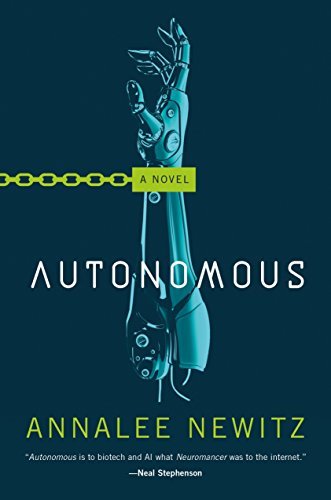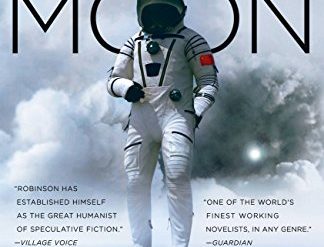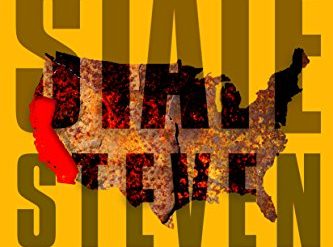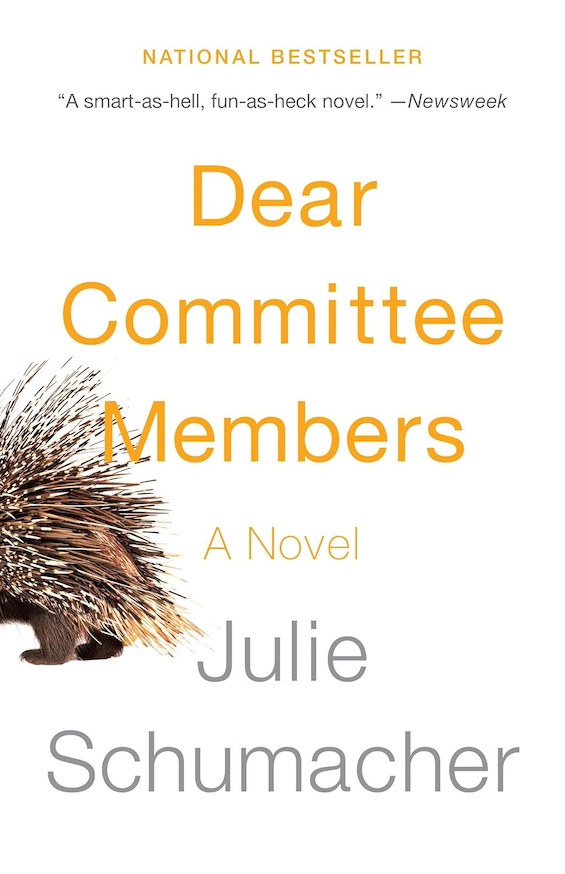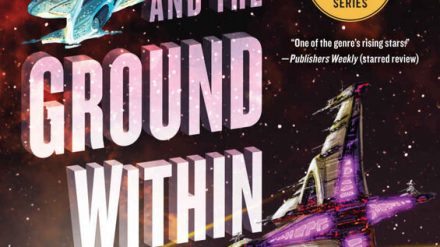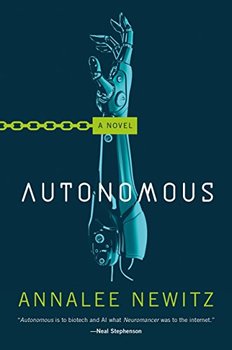
Dystopian novels figure prominently in the work of some of the world’s best science fiction writers. When Donald Trump entered the White House, and a fearful public began to contemplate the possibility of disastrous consequences from his erratic and authoritarian behavior, dystopian novels such as 1984 and The Handmaid’s Tale surged back onto the bestseller lists. In preparation for writing a book about dystopian novels, I read and reviewed dozens of them. Since the recent publication of Hell on Earth: What we can learn from dystopian fiction, I’ve read more such books.
This post was updated on February 12, 2024..
Listed first among the more than 60 included on this post are the 10 top dystopian novels reviewed here (including some that are trilogies or series), arranged in alphabetical order by the authors’ last names. (Okay, so technically this first list includes a total of 18 novels. But who’s counting?) Each title is linked to its review on this site. More than 50 others follow in a similar order.
As you may notice, several of the most prominent dystopian novels do not appear on this list. However, that’s the case only because I haven’t yet read (or reread) them recently. These include Ray Bradbury’s Fahrenheit 451, Anthony Burgess’ A Clockwork Orange, and, most recently, The Hunger Games by Suzanne Collins and Divergent by Veronica Roth.
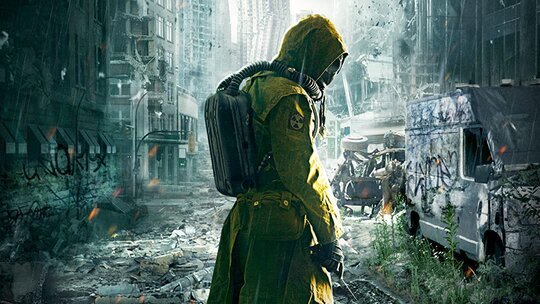
The top 10 dystopian novels reviewed here
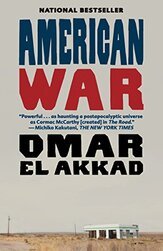
American War by Omar El Akkad
Rising seas and monster storms have submerged large swaths of the Eastern and Gulf Coasts, driving millions of people far into the nation’s heartland. Boston, New York, Washington, Los Angeles—every low-lying city on both coasts—they’re all now under water. And society is in disarray to match. The Second American Civil War erupts in 2074. Four states in the Deep South have seceded in response to federal legislation banning the use of fossil fuels—and a Southern “homicide bomber” has assassinated the President of the United States in Columbus, the country’s new capital. The Reds and Blues are now at war.

Feed, by M. T. Anderson
In M. T. Anderson’s terrifying future world, people access all their news, advertising, education, games, “m-chat,” and money through implants in their brains—not just embedded chips but multipurpose devices that are fully integrated into their nervous systems. This is the “feed” of the title. A powerful future version of Virtual Reality allows people to experience novelty and excitement at any time without special equipment—and without pausing for reflection. Corporations are the dominant force on the planet. Climate change, pollution, and overfishing have killed the oceans. Past wars have left a blanket of radioactive dust all across the surface. Human settlements on Earth exist underground under domes to shield people from the intolerable heat and unbreathable atmosphere. Massive numbers have migrated off-planet to the moon, Mars, the moons of Jupiter, and nearby star systems. This is truly a dystopian society.
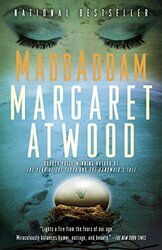
The MaddAddam Trilogy by Margaret Atwood
The frightening world depicted by Margaret Atwood in the MaddAddam Trilogy is the product of catastrophic climate change, runaway genetic engineering, and . . . something else that only becomes clear much later. Whatever it was that happened was so severe that Atwood’s protagonist in the first of these three novels, a young man named Jimmy who now styles himself as Snowman, believes he is the only human being left alive on Planet Earth. In Oryx and Crake, Book #1, we enter the future world of Atwood’s cruel vision shortly after the Waterless Flood, which virtually exterminated the human species. Climate change has wrought havoc on Planet Earth, confirming the most pessimistic projections of the early 21st Century. It’s not a pretty picture. Book #2, The Year of the Flood, takes us back to the years preceding the Flood, when the conditions described in Oryx and Crake came about. (It’s not a sequel.) We learn the nature of the Flood, and how it came to be. Finally, in Book #3, MaddAddam, we encounter once again the principal characters of the first two books and follow them as the future grimly unfolds. Most of the action is compressed into a few months following the calamity of the Flood. These three books are unquestionably among the very best dystopian novels reviewed here . . . or anywhere.
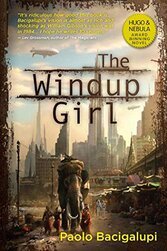
The Drowned Cities Novels by Paolo Bacigalupi
The Windup Girl anticipated Paolo Bacigalupi’s superb Drowned Cities cycle. The trilogy itself includes The Drowned Cities, Ship Breaker, and Tool of War. These four outstanding novels together depict a grim future long after the oceans have drowned many of the world’s great cities. Strictly speaking, only the last three constitute a series in a formal sense. But the scenario they illustrate is the same.
In the first three books, most of the action takes place in and near Bangkok in the 23rd century; later, the action moves to the Drowned Cities of the North American East Coast. Sometime in the past, the oceans have risen 20 feet or more, and the city of Bangkok is just one of a handful of coastal cities that survive only because a visionary Thai king built an enormous seawall, dikes, and pumps to hold back the waters of the annual monsoon. Genetic engineering has run amok around the globe, and the Thai Kingdom is one of the few countries, perhaps the only country, still resisting the “calorie companies,” powerful food-exporting corporations headquartered in the American Midwest and in China.
Having killed off virtually all traditional sources of food—and hundreds of millions of people—with genetically engineered plagues to increase their leverage in the market, the calorie companies hungrily eye Thailand and its own independent success in creating new fruits and nightshades capable of resisting the ubiquitous plant-killers. In this grim environment, so long removed from the 21st century, one character “wonders if it was really better in the past, if there really was a golden age fueled by petroleum and technology. A time when every solution to a problem didn’t engender another.”
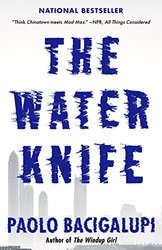
The Water Knife by Paolo Bacigalupi
The late-21st-century reality portrayed in The Water Knife brings into high relief the consequences of climate change and the resulting water scarcity on the American Southwest. This sad, violence-ridden world is fully realized through the seemingly bottomless imagination of the author. In contrast to the bleak desert landscapes that dominate the story, this future reality abounds with colorful detail. Prolonged drought, the draining of the aquifers, and climate change have combined to make most of the Southwest into a desert. The Water Knife of the title is a hired gun for the powerful Southern Nevada Water District. His job is to disrupt water supplies to other regions and redirect them to the Las Vegas area.
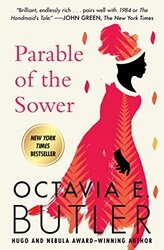
The Parable Cycle by Octavia E. Butler
The Parable of the Talents (#2)
In the two extraordinary novels that comprise the Parable Cycle, Octavia Butler posits a near-future United States in which a fanatical new President empowers a secret force resembling a cross between the Ku Klux Klan and Hitler’s SA stormtroopers. Unlike their antecedents, however, they set out to impose a brand of Christian fundamentalism that would put any contemporary sect to shame. As this frightening new force takes hold on the country, a young African-American woman named Lauren Olamina Bankole, the daughter of a Baptist preacher, crafts a new religion. Earthseed deifies change itself and foresees a future when the human race will populate the galaxy. This complex, sometimes puzzling new faith helps her survive in the face of constant, life-threatening adversities.
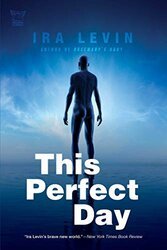
This Perfect Day by Ira Levin
Centuries in the future, the people of Earth live under the control of an artificial intelligence called UniComp. The result is a worldwide society called the Family. Its free of war, hunger, crime, and violence of any sort. “Hate” and “fight” are swear words. The world run by Unicomp is dedicated to efficiency above all else. The population of the planet is kept steady at eight billion through rigorous control of the birth rate and through emigration to colonies the Family has established on other planets. It’s inefficient to grow and prepare a variety of foods, so everyone’s nutritional needs are met through an unchanging diet of totalcakes. To suppress undesirable behavior, everyone submits monthly to chemotherapy “treatments”; otherwise, they will get “sick” and demonstrate aberrant behavior. This is the world Ira Levin describes in his extraordinary science fiction novel, This Perfect Day.
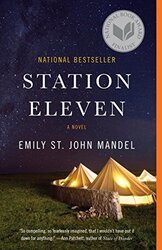
Station Eleven by Emily St. John Mandel
In the post-apocalyptic world of this wonderful novel, a National Book Award Finalist, there are no functioning cities. A devastating disease known as the Georgian Flu has killed off nearly all the world’s people. Survivors have scattered over the countryside, some of them coming together in communities of at most a couple of hundred people. Someone has set up a Museum of Civilization in an airport lounge, displaying mobile phones, electronic games, credit cards, and other artifacts of lives long gone. This is a world fraught with danger. In the years immediately following the collapse, many survivors walk for hundreds of miles in search of food and other resources. Distrust leads many to kill anyone who approaches them. Meanwhile, feral humans rove the earth, preying on travelers unable to defend themselves. Soon, madness takes hold of many, and would-be prophets begin to collect followers, imposing their will through force on anyone they encounter.
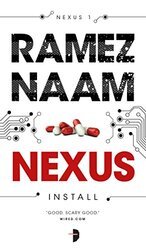
The Nexus Trilogy by Ramez Naam
Will the transformation of humanity by artificial intelligence stop with robotic surgery, smart homes, and self-driving cars? Is there a step far beyond into post-human abilities so far superior to those of human beings today that a new species will result? This is the premise of Ramez Naam’s brilliant science fiction trilogy. In Nexus, the first of the three novels, Naam explores the circumstances in which the conflict between humans and post-humans emerges into the open. Although the book is unquestionably imaginative, it is far from fantasy. Naam is a computer scientist and is intimately familiar with contemporary neurological research into using computer interface technology to enhance human cognitive abilities. Nexus is skillfully written and a page-turner. It’s undoubtedly a work of fiction. However, as Naam writes in a postscript to the novel, “to the best of my abilities, the science described in the science fiction is fully accurate.” The same is true to varying degrees of the book’s two sequels, Crux and Apex.

Autonomous by Annalee Newitz
It’s 2144. Slavery has revived, camouflaged as indentured servitude. Theoretically, indenture is limited to a specified term; in practice, contract owners frequently refuse to honor the commitment. Millions of humans and robots alike are trapped in these unbreakable contracts. Only rarely do indentured servants escape, and autonomous robots are rare. Bioengineering is supreme. The lives of most are dominated by a handful of huge pharma corporations, which produce patented drugs that lengthen lifespan, enhance productivity, and induce euphoria as well as prevent illness. But only the very wealthy can afford their drugs. Patent pirates supply most of the public’s needs.
Other dystopian novels reviewed here
The Alteration by Kingsley Amis
The Handmaid’s Tale by Margaret Atwood
The Testaments by Margaret Atwood
Above the Ether by Eric Barnes
Fata Morgana by Steven R. Boyett and Ken Mitchroney
Rule of Capture (Dystopian Lawyer #1) by Christopher Brown
The Stone That Never Came Down by John Brunner
Sea of Rust by C. Robert Cargill
Here and Now and Then by Mike Chen
The City and the Stars by Arthur C. Clarke
RealityTM 2048: Watching Big Mother by Derek Cressman
The Wayward Pines Trilogy by Blake Crouch: Pines (#1), Wayward (#2), The Last Town (#3)
Do Androids Dream of Electric Sheep? by Philip K. Dick
Little Brother by Cory Doctorow
American Judas by Mickey Dubrow
Grandfather Anonymous (Old Code #1 of 5) by Anthony W. Eichenlaub
The Book of the Unnamed Midwife by Meg Elison
Panacea Genesis (Panacea #1 of 3) by L. Ana Ellis
The Forever War (Forever War Trilogy #1) by Joe Haldeman
The Second Sleep by Robert Harris
Make Room! Make Room! by Harry Harrison
Brave New World by Aldous Huxley
Tomorrowville (Isaak Collection #1) by David T. Isaak
2 A. M. in Little America by Ken Kalfus
An Excess Male by Maggie Shen King
The Eleventh Gate by Nancy Kress
Legend (Legend Trilogy #1) by Marie Lu
Prodigy (Legend Trilogy #2) by Marie Lu
A Canticle for Leibowitz by Walter M. Miller, Jr.
The City, Not Long After by Pat Murphy
After Atlas (Planetfall A) by Emma Newman
Before Mars (Planetfall #3) by Emma Newman
Logan’s Run by William F. Nolan and George Clayton Johnson
The First Omega by Megan E. O’Keefe
Odds Against Tomorrow by Nathaniel Rich
Dead on Arrival by Matt Richtel
The Robin Hood Thief by H. C. H. Ritz
The Lightbringers by H. C. H. Ritz
New York 2140 by Kim Stanley Robinson
Lethal Seasons (Changed World #1 of 6) by Alice Sabo
Scattered Seeds (Changed World #2 of 6) by Alice Sabo
Gleanings (A Changed World #3 of 6) by Alice Sabo
Lessons Learned (Changed World #4 of 5) by Alice Sabo
Lock In: A Novel of the Near Future by John Scalzi
Theory of Bastards by Audrey Schulman
Super Sad True Love Story by Gary Shteyngart
Children of Time by Adrian Tchaikovsky
Ironclads by Adrian Tchaikovsky
The Immortal King Rao by Vauhini Vara
Bannerless (Bannerless Saga #1) by Carrie Vaughn
Player Piano by Kurt Vonnegut, Jr.
The Farthing Trilogy by Jo Walton: Farthing, Ha’penny, Half a Crown
Robopocalypse by Daniel H. Wilson
Golden State by Ben H. Winters
For related reading
Check out 10 top science fiction novels, 10 new science fiction authors worth reading, and These novels won both Hugo and Nebula Awards.
You might also be interested in:
- Good books about space travel
- 30 good books about artificial intelligence
- 20 good nonfiction books about the future
Also, you can always find my most popular reviews, and the most recent ones, on the Home Page.

